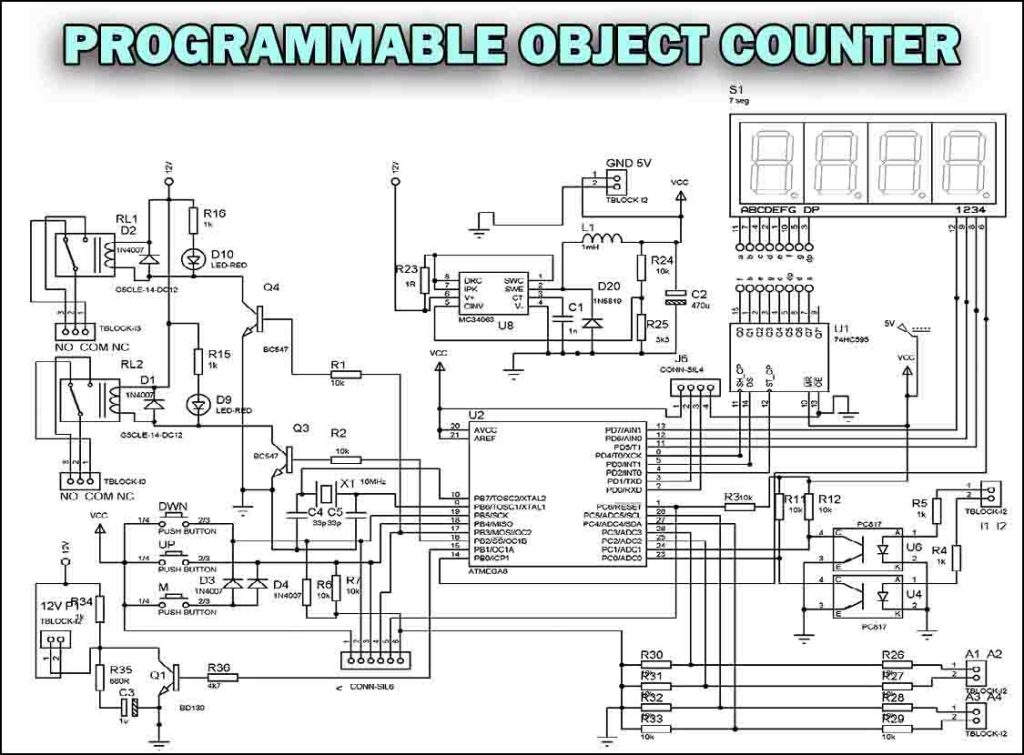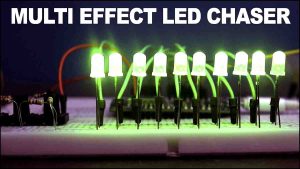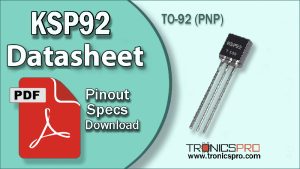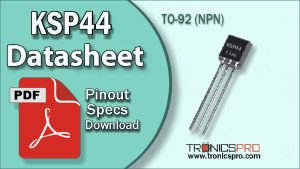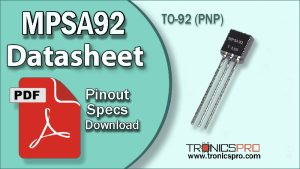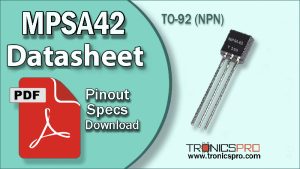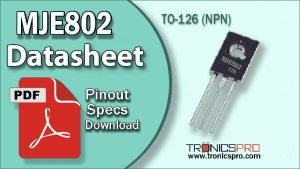Introduction
In the era of digitalization and automation, counting objects accurately becomes a crucial task. Whether you are involved in inventory management, production line monitoring, or any other application that requires counting objects, having a reliable and programmable object counter DIY can greatly simplify your task. In this article, we will guide you through the steps to create your very own programmable object counter DIY using the ATMEGA328 IC, MC34063 IC, PC817 Optocoupler, 16MHz Crystal, and a 10k thermistor. So let’s dive in and explore each component in detail.
Introduction to Major Components:
ATMEGA328 IC:
The ATMEGA328 IC is a powerful microcontroller that forms the heart of the programmable object counter. It is based on the AVR RISC architecture and operates at a clock speed of up to 20MHz. It offers a wide range of features, including 32KB of flash memory for program storage, 2KB of SRAM for variable storage, and 1KB of EEPROM for non-volatile data storage. Additionally, it consists of 23 general-purpose I/O pins, 6 channels of 10-bit ADC, UART, SPI, and I2C interface for communication with other devices.
MC34063 IC:
The MC34063 IC is a versatile DC-DC converter integrated circuit that plays a crucial role in the object counter circuit. It is used to generate a regulated power supply from the input voltage. With its built-in features like internal reference, comparator, and switch, it simplifies the design of complex power supply circuits. The MC34063 IC is designed to operate with a wide input voltage range, making it suitable for a variety of applications. It can handle output currents up to 1.5A, making it ideal for powering the object counter circuit.
PC817 Optocoupler:
The PC817 optocoupler acts as an interface between the input phototransistor side and the output phototransistor side. It is used to detect the presence or absence of objects in the counting process. The PC817 consists of an LED that emits light, which is received by the phototransistor. When an object interrupts this light, the phototransistor’s conductivity changes, which can then be detected and processed by the microcontroller. The PC817 optocoupler ensures accurate and reliable object detection, making it an integral part of the counter circuit.
16MHz Crystal:
The 16MHz crystal provides a precise clock signal to the ATMEGA328 microcontroller. It ensures accurate timing and synchronization of the various operations within the microcontroller. The crystal oscillator circuit generates a stable oscillating signal, which is essential for the proper functioning of the microcontroller. By using a high-quality 16MHz crystal, you can ensure the accuracy and reliability of the object counter’s operation.
10k Thermistor:
The 10k thermistor is a type of temperature-sensitive resistor that changes its resistance with temperature variations. In the object counter circuit, the thermistor is used to measure ambient temperature. By monitoring the temperature, the MCU can adjust its counting algorithm for improved accuracy. The thermistor is connected in a voltage divider configuration with a known resistor, allowing the microcontroller to calculate the temperature based on the change in resistance. The 10k thermistor helps in creating a more intelligent and adaptable object counting system.

Circuit Diagram of Programmable Object Counter DIY
This project can be designed using a few basic components. The connection layout and circuit schematic diagram of this project is shown below.
More Circuit Layouts


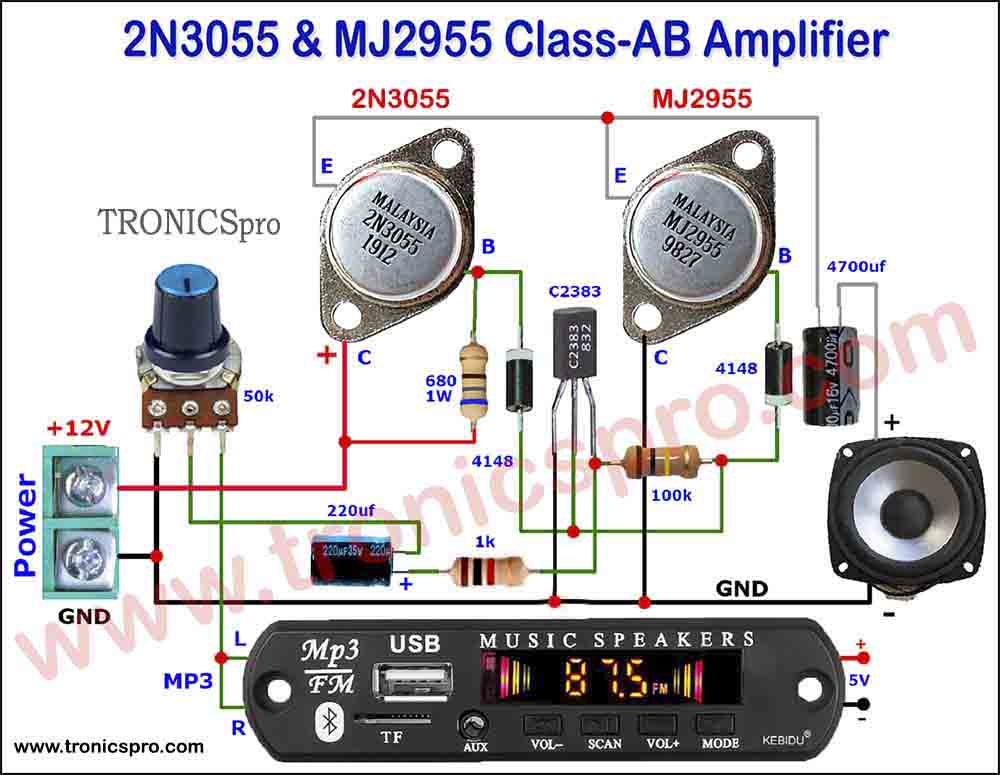




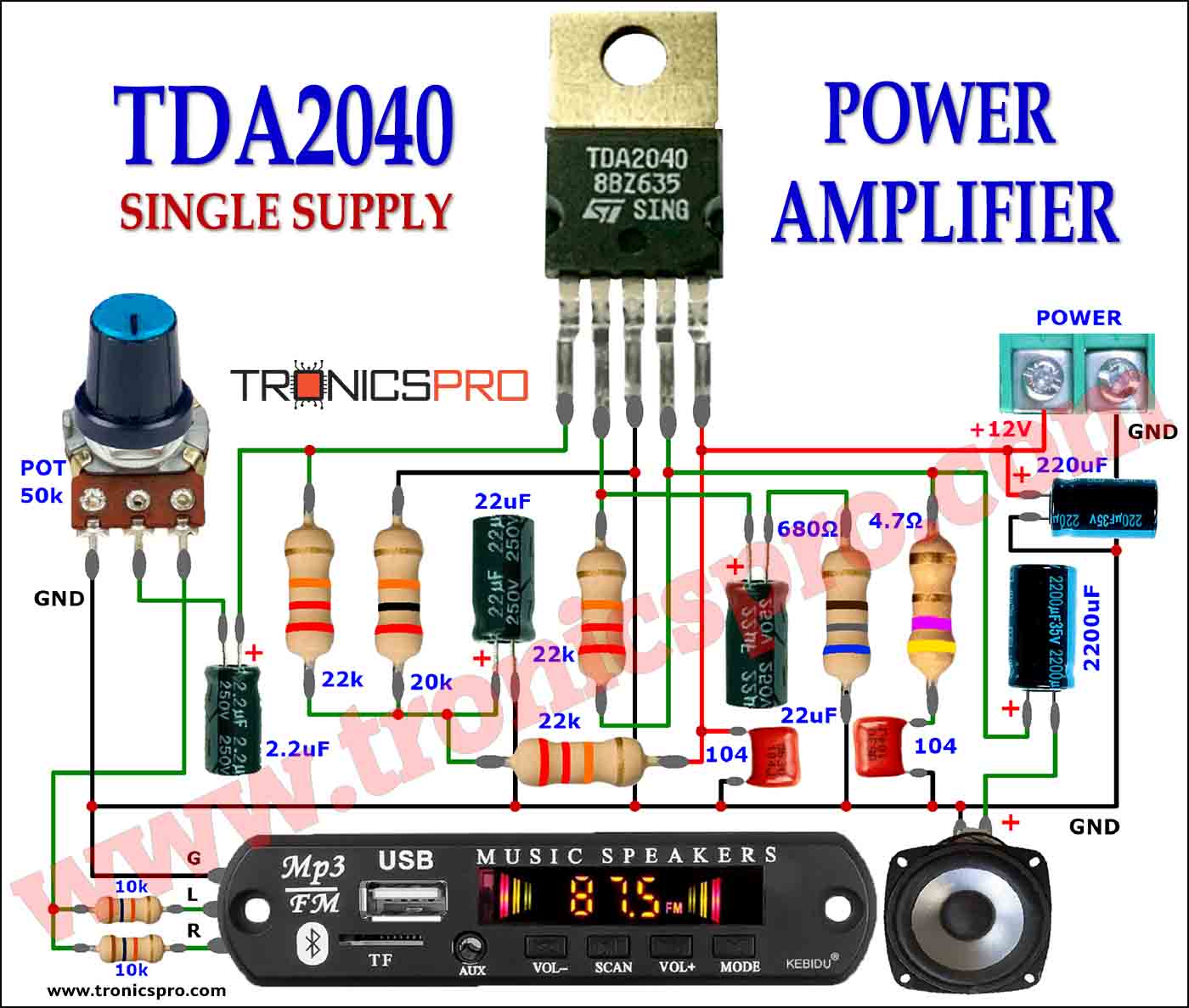
Components List of Programmable Object Counter DIY
Following is the list of all components used in this project:
- 1x ATMEGA328 IC
- 1x MC34063 IC
- 2x PC817 Optocoupler
- 1x BD139 Transistors
- 2x BC547 Transistors
- 4x 1N4007 Diodes
- 1x 1N5819 Diode
- 1x 4 DIGIT SEVEN SEGMENT (CA)
- 2x RED Led
- 1x 16MHz Crystal
- 3x Push Buttons
- 1x 1mH Inductor
- 2x 33p Capacitors
- 1x 1nF Capacitor
- 1x 1uF Capacitor
- 1x 470uF Capacitor
- 1x 10k Thermistor
- 17x 10k Resistors
- 6x 1k Resistors
- 1x 1R Resistors
- 1x 3k3 Resistors
- 1x 680R Resistor
- 1x 4k7 Resistors
- 2x 12V Relay
- 5x 2 Pin Terminal Blocks
- 2x 3 Pin Terminal Blocks
- Male Header
- jumper Wires
Downloadable Project Files:
Gerber Files:
Code Hex File:
Code Arduino File:
Code Text File:
Code Zip File:
Circuit Diagram:
Conclusion of Programmable Object Counter DIY
Building a programmable object counter DIY using the ATMEGA328 IC, MC34063 IC, PC817 optocoupler, 16MHz crystal, and 10k thermistor can greatly simplify counting tasks in various applications. The ATMEGA328 microcontroller forms the brain of the circuit, while the MC34063 IC provides a regulated power supply. The PC817 optocoupler ensures accurate object detection, and the 16MHz crystal provides precise timing for the microcontroller operations. Lastly, the 10k thermistor makes the object counting system more intelligent and adaptable by monitoring ambient temperature. By understanding the functionalities of each component and following the appropriate circuit design, you can create your own programmable object counter DIY that meets your specific requirements. So get ready to automate your counting tasks and elevate your efficiency with this DIY project.
More projects, You may like:
- Video Transmitter DIY Homemade FM Radio Transmitter
- Adjustable Power Supply DIY Battery Charger
- 12V-220V 500 Watt inverter DIY Homemade
- 12V-220V H-Bridge Inverter DIY Homemade
- MPPT Solar Charge Controller DIY Homemade
- 18650 battery bank free charge protection module
- D718 B688 Bass Amplifier Homemade DIY
- C5200 Bass Amplifier DIY Homemade with Volume
- DIY LA4440 bass amplifier homemade
- C5200 A1943 TDA2030 Amplifier DIY Homemade
For more project and circuit diagrams, you can go through the Schematics in the main menu where you can find many interesting projects and circuit diagrams like audio amplifier circuits, voltage booster circuit, battery charger circuit and timer circuits etc., which are all beginner circuit projects. Feel free to check them out!
Thanks for visiting the article and watching the video.



